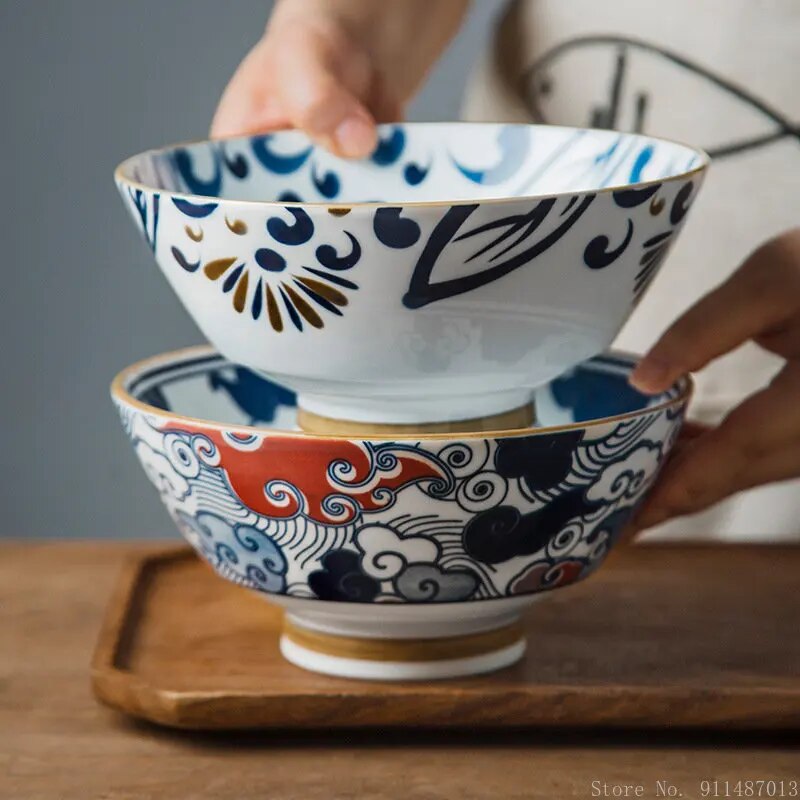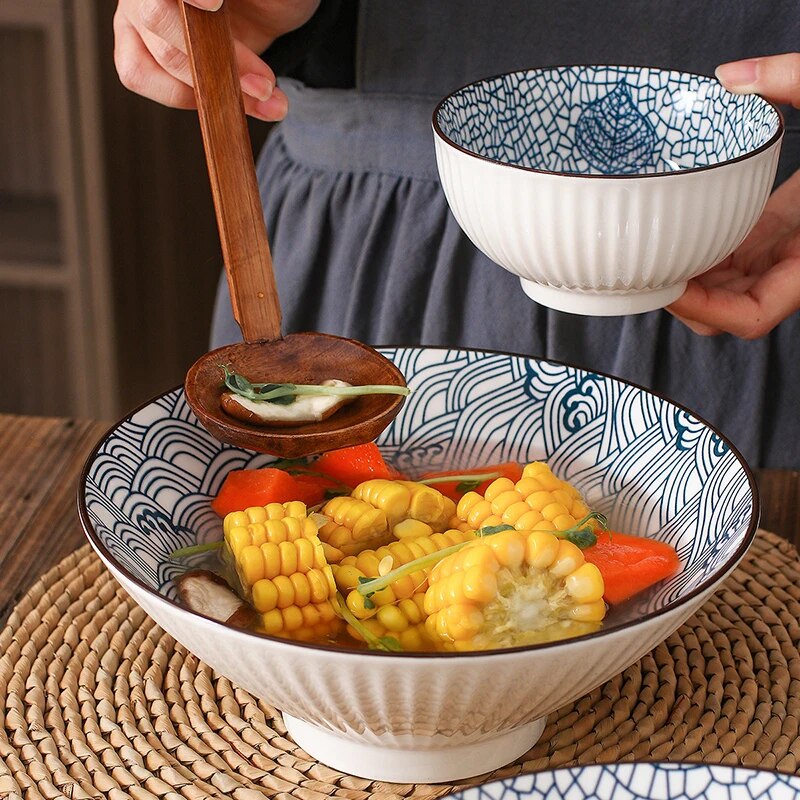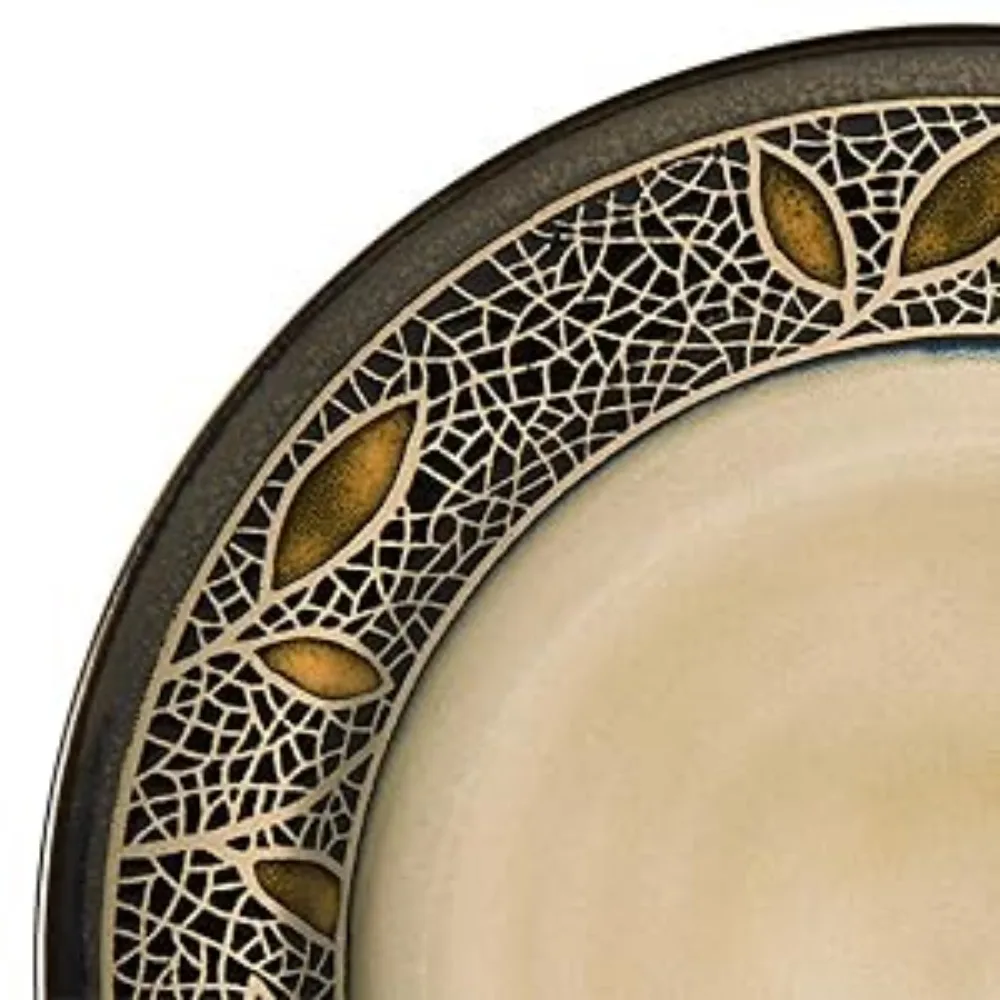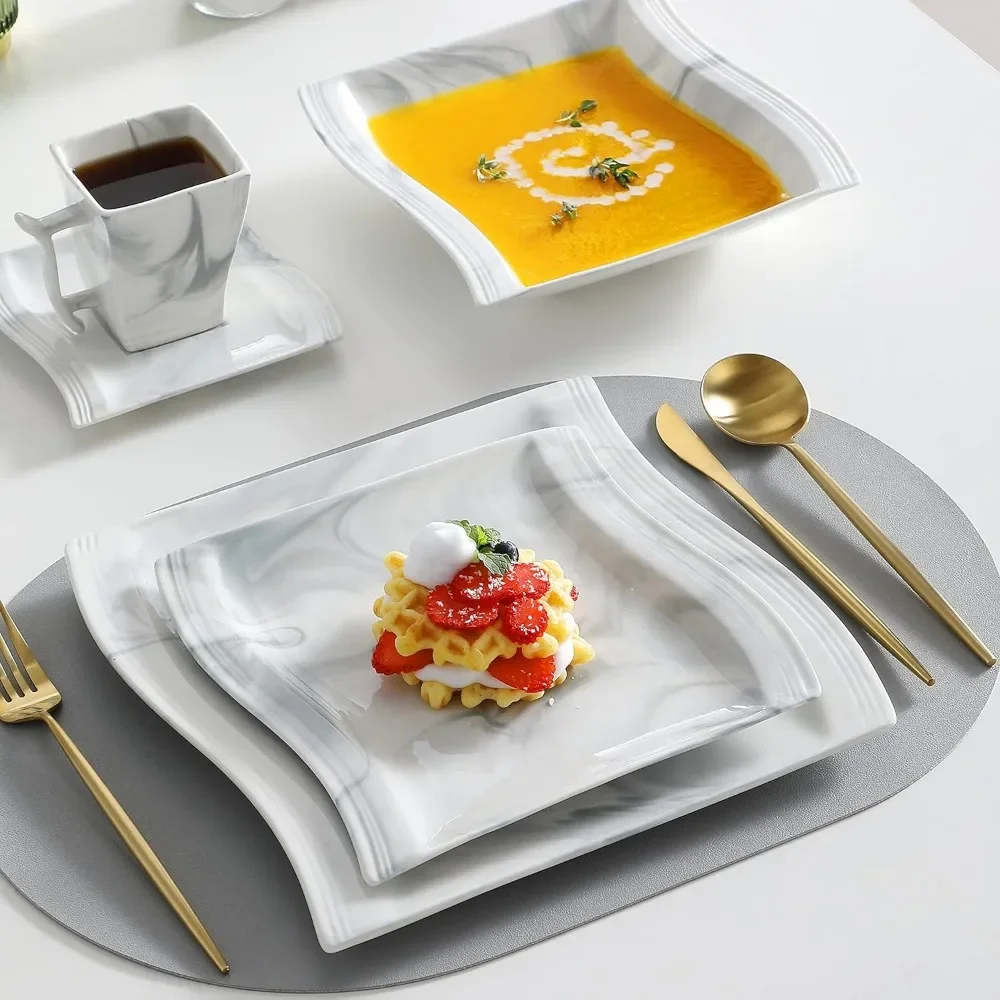
Introduction: The Art and Elegance of Asian Plates
Asian plates are renowned for their beauty, craftsmanship, and cultural significance. From delicate porcelain to intricate hand-painted designs, these plates are more than just dining ware—they are works of art that reflect the rich heritage and artistry of Asian cultures. Whether you’re a collector, a culinary enthusiast, or simply looking to enhance your dining experience, understanding the variety of it available can help you make informed and stylish choices.
As the shopping season approaches, it’s the perfect time to explore the world of plates. This guide will cover the history, trends, and essential tips for selecting and styling it to add elegance and cultural flair to your table.
The History of Asian Plates
Asian plates have a rich history that spans several centuries and reflects the diverse cultures and artistic traditions of the region. Here’s a brief overview:
- Ancient Origins: The history of it can be traced back to ancient China, where porcelain was first developed during the Tang Dynasty (618–907 AD). Early Chinese plates were often hand-painted with intricate designs and used in both everyday life and ceremonial contexts.
- The Rise of Porcelain: During the Ming Dynasty (1368–1644), Chinese porcelain became highly sought after in international trade. The export of blue-and-white porcelain plates to Europe and other parts of Asia established China as a leading producer of fine ceramics.
- Japanese Influences: Japanese ceramics, including plates, became prominent during the Edo period (1603–1868). Japanese plates often feature unique designs, such as traditional patterns and motifs, and are known for their meticulous craftsmanship.
- Korean Ceramics: Korean plates are known for their elegant simplicity and high-quality craftsmanship. The Joseon Dynasty (1392–1897) produced notable ceramics, including celadon and white porcelain plates that were prized for their refined aesthetics.
- Contemporary Trends: Today, Asian plates continue to be celebrated for their beauty and craftsmanship. Modern designs often blend traditional techniques with contemporary styles, creating unique and versatile dining ware.
Benefits of Asian Plates
Asian plates offer several benefits that make them a popular choice for dining and decorating:
- Aesthetic Appeal: These are often adorned with intricate designs and vibrant colors, adding a touch of elegance and sophistication to any table setting.
- Cultural Significance: Many Asian plates carry cultural and historical significance, making them meaningful additions to your collection. They can also serve as conversation pieces during meals.
- Durability: Asian ceramics, particularly those made from porcelain or stoneware, are known for their durability and longevity. They are resistant to chipping and can withstand regular use.
- Versatility: Asian plates come in a variety of styles and sizes, making them suitable for different dining occasions, from formal dinners to casual meals.
When Is Asian Plate Shopping Season?
The shopping season for Asian plates often aligns with specific times of the year and events. Here are some key times to consider:
- Holiday Seasons (November to December): The holiday season is a popular time for purchasing, especially as gifts or for special holiday meals. Many retailers offer festive designs and promotions during this period.
- Spring and Summer (March to August): Spring and summer are ideal times for exploring new tableware, including Asian plates. This is also a great time for finding plates with lighter, seasonal designs.
- End-of-Season Sales (January and July): Retailers often hold end-of-season sales, which can be an opportunity to find high-quality at discounted prices.
- Cultural Festivals and Events: Many cultural festivals and events showcase Asian art and craftsmanship, providing opportunities to discover unique and authentic Asian plates.
- Home Decor Shows: Home decor and trade shows often feature a wide range of plates and tableware. Attending these events can provide inspiration and access to exclusive collections.
Styles and Materials: Choosing the Right Asian Plates
When shopping for Asian plates, consider the various styles and materials that best suit your needs and preferences:
- Styles:
- Chinese Porcelain: Chinese porcelain plates are known for their fine quality and intricate designs. Popular styles include blue-and-white porcelain, famille rose, and celadon.
- Japanese Kutani: Kutani plates are renowned for their vibrant colors and detailed patterns. They often feature traditional motifs such as flowers, birds, and landscapes.
- Japanese Imari: Imari plates are known for their rich colors and elaborate designs. They often feature patterns inspired by nature and historical themes.
- Korean Celadon: Korean celadon plates are prized for their delicate, translucent glaze and simple yet elegant designs. They often have subtle, nature-inspired motifs.
- Contemporary Designs: Modern Asian plates often blend traditional techniques with contemporary styles, creating unique and versatile dining ware.
- Materials:
- Porcelain: Porcelain is a durable and versatile material commonly used for plates. It is known for its smooth texture and ability to hold intricate designs.
- Stoneware: Stoneware plates are sturdy and offer a rustic charm. They are often used for everyday dining and can have a variety of finishes and textures.
- Ceramic: Ceramic plates come in various styles and finishes. They can be hand-painted or glazed and offer a wide range of design options.
- Bamboo: Bamboo plates are an eco-friendly option and are often used in traditional Asian dining settings. They are lightweight and have a natural, rustic appeal.
- Features:
- Hand-Painted Designs: Many Asian plates feature hand-painted designs that add a unique and artistic touch. Look for intricate patterns and details that reflect traditional craftsmanship.
- Gold or Silver Accents: Some are adorned with gold or silver accents, adding a touch of luxury and elegance to the design.
- Unique Shapes: Asian plates come in various shapes and sizes, from traditional round plates to square or oval designs. Choose shapes that complement your table setting and dining needs.
- Dishwasher and Microwave Safe: Consider whether the plates are dishwasher and microwave safe for convenience and practicality in everyday use.
Tips for Shopping During Asian Plate Season
To ensure a successful purchase, keep these tips in mind when shopping for Asian plates:
- Determine Your Needs: Consider the type of plates you need based on your dining preferences and occasions. Choose styles and materials that suit your taste and lifestyle.
- Check for Authenticity: When purchasing, especially antiques or collectibles, verify the authenticity and provenance of the items. Look for reputable sellers and read product descriptions carefully.
- Inspect Quality: Examine the quality of the plates, including the craftsmanship, finish, and any decorative elements. Ensure that the plates are well-made and free from defects.
- Set a Budget: Asian plates come in a range of price points. Set a budget and look for options that offer the best value within your price range.
- Read Reviews: Check customer reviews and ratings to gauge the quality and satisfaction of previous buyers. Reviews can provide valuable insights into the product’s durability and design.
Care and Maintenance of Asian Plates
Proper care will help extend the lifespan of your Asian plates. Follow these tips:
- Follow Care Instructions: Always follow the manufacturer’s care instructions for cleaning and maintenance. Different materials may have specific requirements.
- Hand Wash Delicate Plates: For delicate or hand-painted plates, hand wash them with a mild detergent and soft cloth. Avoid using abrasive scrubbers that could damage the design.
- Avoid Extreme Temperatures: Avoid exposing Asian plates to extreme temperatures, as this can cause cracking or damage. Use appropriate cookware and avoid sudden temperature changes.
- Store Properly: Store it in a cool, dry place. Use protective padding or cloth to prevent scratches and damage, especially for valuable or decorative pieces.
- Repair Damage Promptly: If you notice any damage or chips, repair them promptly to prevent further issues. Consider consulting a professional for repairs if needed.
Conclusion: Embracing the Elegance of Asian Plates
The Asian plate shopping season is an opportunity to explore the beauty and artistry of Asian ceramics. By understanding the history, styles, and materials available, you can find plates that enhance your dining experience and reflect your appreciation for cultural craftsmanship.
Whether you’re adding to a collection, selecting pieces for special occasions, or simply enhancing your everyday dining, the right Asian plates can bring elegance and sophistication to your table.



